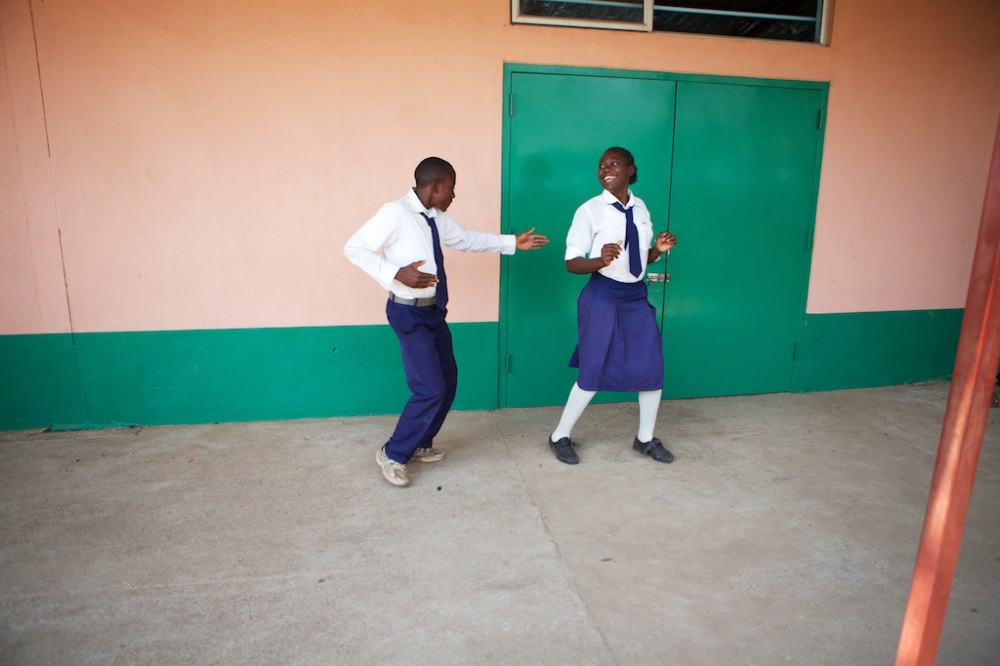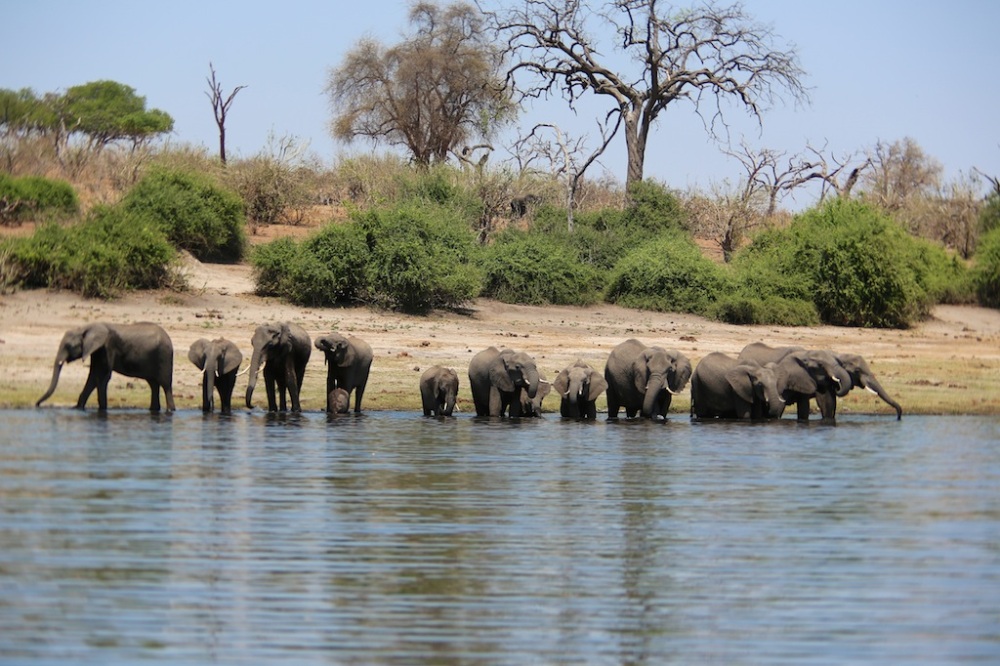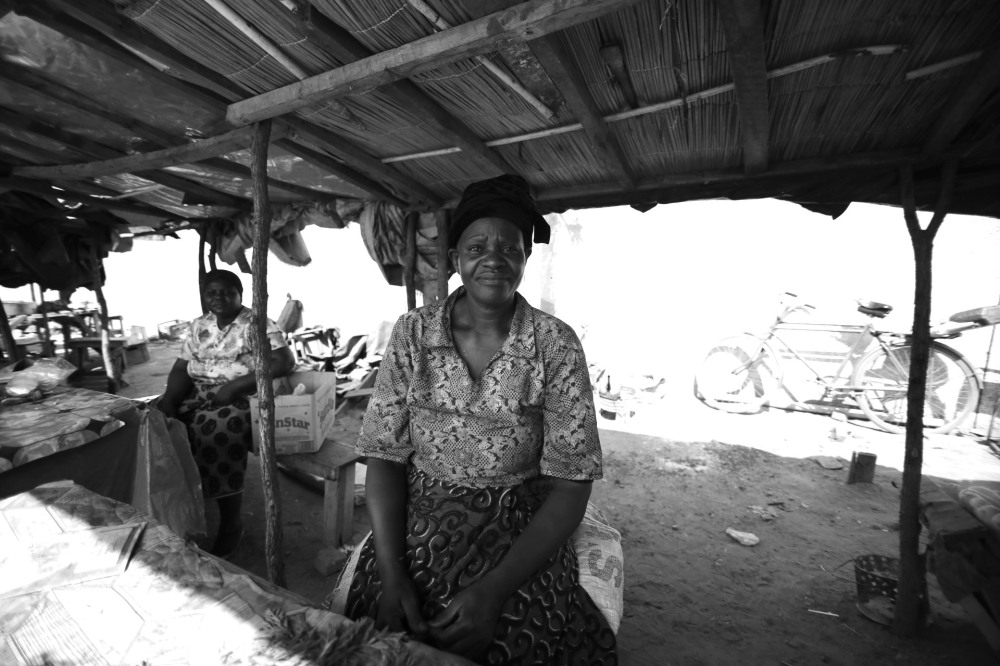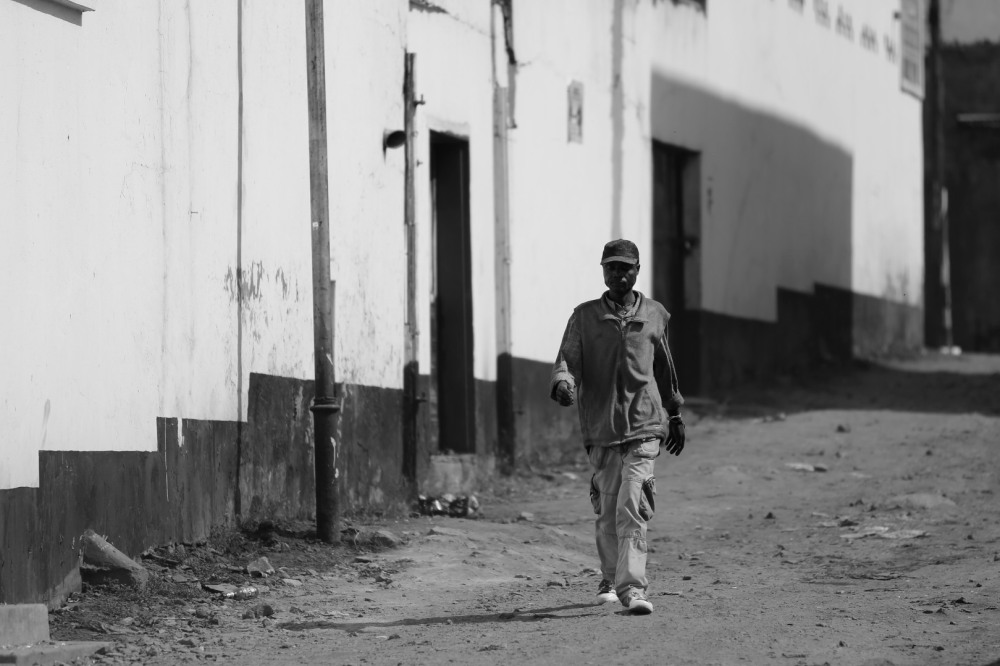I’ve landed in the Mother land. After 27 hours in the air, 47 hours of travel, a brief visit with my friend Katie in downtown London, a wrong turn on the tube and almost a missed flight to Johannesburg, I’m here.
For those of you who don’t know (and I’m sorry to my friends who have heard the story over and over and over again), I’m here to make a documentary on the lives of small-scale farmers in Southern Zambia. In the past three days since I have arrived I have had all types of culture shock, but there is no better way to give you a run down of this place than recapping my first walk through an African town -Livingstone.
Livingstone is said to be the most touristy city in all of Zambia. It is situated on the cusp of the Victoria Falls or the Smoke that Thunders – one of the mightiest waterfalls in the whole world. Rightfully so, the city plays hosts to thousands of tourists. The first thing I did when I got to town is met up with my new friend Fred for a tour.
Fred works at Wonderbake, the popular coffee shop and bakery on the main strip. Fred is 22, and interested in film, and is going to help me film and more or less survive over the next few months. He is so eager and full of energy. He knows English, as well as two native languages, Tonga and Chewa, so he will be a great translator.
On our tour we walked down a side road to take some photos of the sunset. Most of the roads here are dirt, only the few main drags are paved. The roads were still busy with people as the sun went down. Everyone walks the streets, at a lazy pace. No one is in a big rush to get anywhere. People take the time to wave to others as they drive or walk by. It’s like being in small town Saskatchewan, everyone giving you a nod as you pass.
In a similar vain, people are very polite. It is ‘please madam’, ‘thank you, sir’, ladies first, and I haven’t heard anyone swear in days….a problem for me, since I have the dirtiest mouth. So five minutes into our walk I am not remembering to wave, bite my dirty tongue, and look left when I cross the road. That last one should be out first on the priority list…there is little room for error.
Every time I travel I was try to get a sense of how comfortable people are with getting their photo taken first thing. I know in some cultures getting your picture taken is like ‘stealing their soul’ and I don’t’ want any soulless Africans on my account. So as I walked I asked a few people if I could take their photo. To my surprise, people here love posing for the camera. Not only that, but they want their own copy of the picture. I’ll have to arrange a pick up location right away.
As the sun went down, I was thankful of the advice my friend Vicki gave me – it gets cold at night, bring warm clothes. She was right. As soon as the sun was out of sight, the cool breeze took over and it went from hot to chilly. It was around 10 degrees with a good wind. It is Zambia’s winter right now, which is also the dry season. The days are still hot. In the mid afternoon it is around 25 degrees out, but the sun isn’t too strong yet.
As we walked back to the hostel I was staying at for the night, we helped push a broken down truck up a hill. Vehicles take a beating here on the unpaved, rocky roads. The last thing I did on my tour was buy a single cigarette from a guy selling smokes and SIM cards on the sidewalk. I paid 500 kwatcha for the dart, about 11 cents Canadian.
It was a good, brief little introduction to a beautiful and so very foreign place.
***Also to note, uploading photos here is near impossible. The connections are just too slow, broken and unreliable. Hopefully I will come up with a solution and be able to give you a better glimpse soon.











































